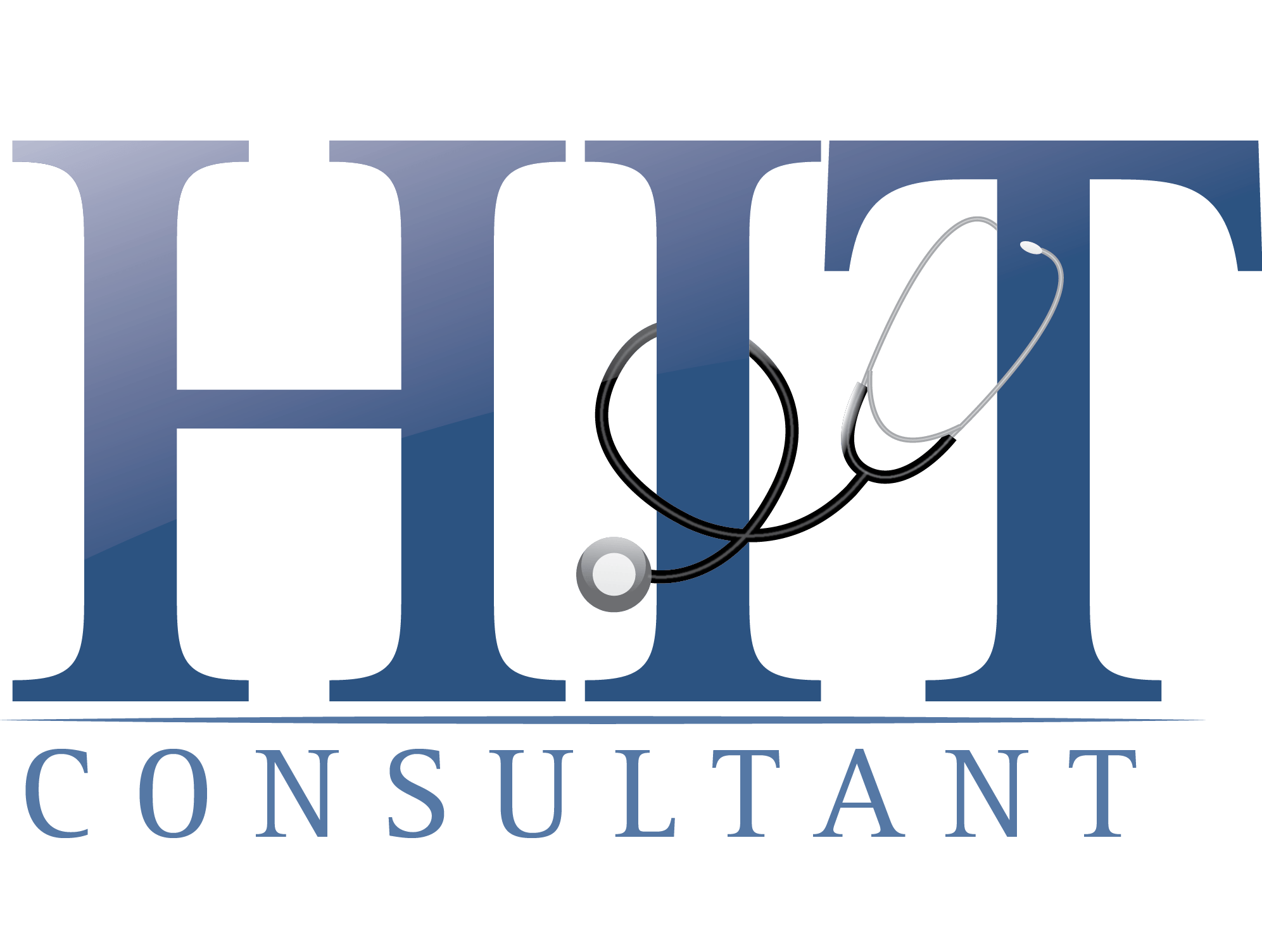
What You Should Know:
– The U.S. health economy is at a critical juncture, defined by unchecked prices, inefficiency, and mounting political pressure for reform, according to Trilliant Health’s latest report.
– The report, 2025 Trends Shaping the Health Economy Report, reveals that the fundamental driver of high costs is price, not utilization, necessitating a radical shift in how healthcare value is purchased and delivered.
U.S. Healthcare At A Crossroads
The U.S. spends more on healthcare than any other country in the world, yet achieves worse results. In 2023, U.S. healthcare spending reached $4.9 trillion , with employer-sponsored insurance funding over $1.4 trillion, or 30% of total national health expenditures. Despite devoting fewer real resources (fewer physicians, fewer acute care beds, shorter stays) to healthcare compared to its peers, Americans pay more for services received, leading to the conclusion that “It’s the Prices, Stupid”.
“The reputation of the U.S. healthcare system precedes itself – it is expensive, complex and inefficient,” said Trilliant Health’s Chief Research Officer Allison Oakes, Ph.D. “Understanding why begins with the recognition that, regardless of tax status, the ‘system’ is a collection of profit-seeking businesses treating illness – ‘no margin, no mission’ – rather than a thoughtful and comprehensive approach to promoting health.”
Extreme Price Variation: The Defining Feature of Waste
The Transparency in Coverage (TiC) final rule, effective July 1, 2022, requires commercial health plans to publish monthly negotiated rates, finally dismantling the information asymmetry that long shielded commercial prices. Analysis of this granular, facility-level data exposes shocking variation:
- National Inpatient Variation: Across six common inpatient procedures (MS-DRG codes), negotiated rates varied by an average ratio of 9.0 to 9.6 across the country. For example, the median rate for a coronary bypass without complications (MS-DRG 236) is $68,194, but ranges from $27,683 to $247,902 nationally.
- Intra-State Variation: Even within the same state, the ratio of the highest to lowest negotiated rate averages 3.2 to 3.4 for major procedures. In Pennsylvania, the UnitedHealthcare (UHC) rate for a major bowel procedure (MS-DRG 330) ranged from $18,066 to $87,457 (a ratio of 4.8) at different hospitals.
- Payer Variation at the Same Hospital: For the same procedure at the same hospital, negotiated rates vary substantially by payer. Across six inpatient procedures, the average price difference between Aetna and UHC was $15,366, equivalent to 30.0% of the average median procedure price. For instance, a hip and knee joint replacement with complications (MS-DRG 469) at MedStar Washington Hospital Center showed a $27,470 difference between the two payers.
The Disconnect Between Cost and Quality
Crucially, the extreme price variation does not correlate with value. A sample of “best hospitals” showed no observable correlation between aggregate measures of cost and quality.
- The correlation between a hospital’s overall negotiated rate and its HCAHPS star rating was ρ=0.04, and the correlation with the PSI 90 score was r=−0.05. This indicates that a higher negotiated rate is essentially random as to whether or not it will correspond to better care.
- The overall facility fee for six inpatient procedures at Keck Hospital of USC was $1,262,048, while Rush University Medical Center’s rate was $619,324, yet both had a 5-star HCAHPS rating.
This price-quality disconnect is a clear example of waste, where extreme variation in price for the same service does not improve patient outcomes.
Industry Trends Accelerating Disruption
The price transparency data aligns with broader trends that are forcing change:
- Care Migration and Ambulatory Savings: The shift of care away from the hospital is accelerating. Across five outpatient surgeries examined, the national median Ambulatory Surgery Center (ASC) rate was always lower than the median rate for Hospital Outpatient Departments. For a colonoscopy (CPT 45378), the median ASC rate was $2,454 (67.5%) less than the hospital rate, translating to an aggregate potential savings of $4.5B annually for this single procedure.
- Therapeutic Disruption: High-margin procedures face growing competition from new therapies. For example, GLP-1 utilization increased 744.6% between 2018 and 2023, while bariatric surgery volumes remained flat or declined, illustrating how medications are disrupting procedure-based care.
- Fraud, Waste, and Vertical Integration: Financial pressures incentivize practices like upcoding, seen in the sharp rise of high-complexity emergency department visits (36.6% to 47.8% between 2018 and 2024). Vertical integration also shapes prices, with UnitedHealthcare often paying its own Optum providers higher rates than its competitors.
Call to Action: The Era of Value-Based Competition
Employers, who underwrite most private insurance , have a fiduciary duty under ERISA and Delaware law to make “informed business decisions” based on material information. The newly available TiC data, coupled with quality benchmarks, empowers them to evaluate the actual price differences and demand value for money.
“The choice for all health economy stakeholders is whether to implement radical and transformational change from the inside or whether to be subjected to such change by external forces,” said Trilliant Health’s Allison Oakes.

